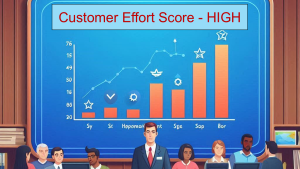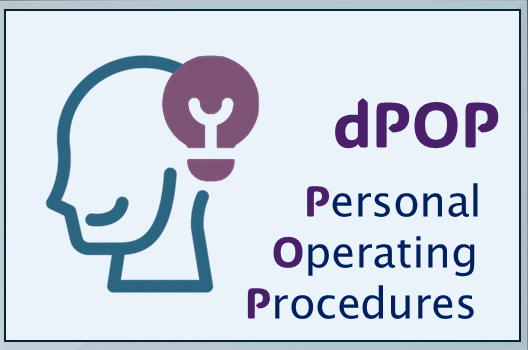 “Lifetime Value is the total value of a customer’s business over the lifetime of their relationship with your company.”
“Lifetime Value is the total value of a customer’s business over the lifetime of their relationship with your company.”
In an era where competition is intense and customer attention is fleeting, the concept of Customer Lifetime Value has emerged as a pivotal business metric. CLV quantifies the total predicted revenue a business can expect from a customer throughout their entire relationship. Understanding and maximising CLV is not just beneficial; it is essential for sustainable business growth.
Here’s Why:
LONG-TERM PROFITABILITY
Focusing on CLV shifts the business perspective from chasing short-lived spikes in sales to fostering long-term profitability and encourages investments in customer relationships that promise a greater payoff over time.
RESOURCE ALLOCATION
By identifying and investing in customer segments that offer the highest lifetime value, companies can optimise their efforts and maximise return on investment (ROI).
CUSTOMER-CENTRIC STRATEGY
A business model anchored in CLV inherently promotes a customer-centric strategy. It underscores the significance of not just acquiring customers but cultivating a long-term relationship with them.
Use data to prevent deflections
Data analysis equips businesses with profound insights into customer behaviours and recognising the warning signs of decreasing lifetime value enables businesses to take proactive measures to retain customers at risk of falling away, thereby preserving the revenue stream they represent.
A well-executed Customer Lifetime Value Strategy can transform the economic landscape of a business. Here are some of the tangible benefits and the direct impact a robust CLV strategy can have on a business.
HIGHER CUSTOMER SPENDING
Loyalty doesn’t just foster goodwill; it translates into tangible financial benefits.
Some Stats :
- According to a report by Harvard Business Review, loyal customers spend 67% more than new ones within their first three years of being your customer
- Gartner’s research indicates that companies with a customer lifetime value strategy experience a marketing ROI that is 3 times higher than those without such a strategy
- The correlation between customer retention and profitability is well established. Forbes reveals that a modest increase in customer retention—merely 5%—can result in a profit boost ranging from 25% to 95%
- Forbes found that loyal customers are five times more likely to refer friends and family to the business and a satisfied customer is the most effective advocate for a business.
- When businesses focus on CLV, they often observe a beneficial by product—an increase in the average order value (AOV). Harvard Business Review notes a direct correlation between the two, with a 15% to 25% increase in revenue over time
This remarkable increase underscores the importance of retaining existing customers rather than relying solely on acquiring new ones.
“If you make a sale, you make a living. If you make in investment of time and good service in a customer, you can make a fortune.” – Jim Rohn
Loyalty is what drives Customer Lifetime Value and setting out a strategy and creating effective systems to create loyalty pays in dividends.
Call Frank on 087 206 1934 to discuss how Customer Care Insights can help you create the div

